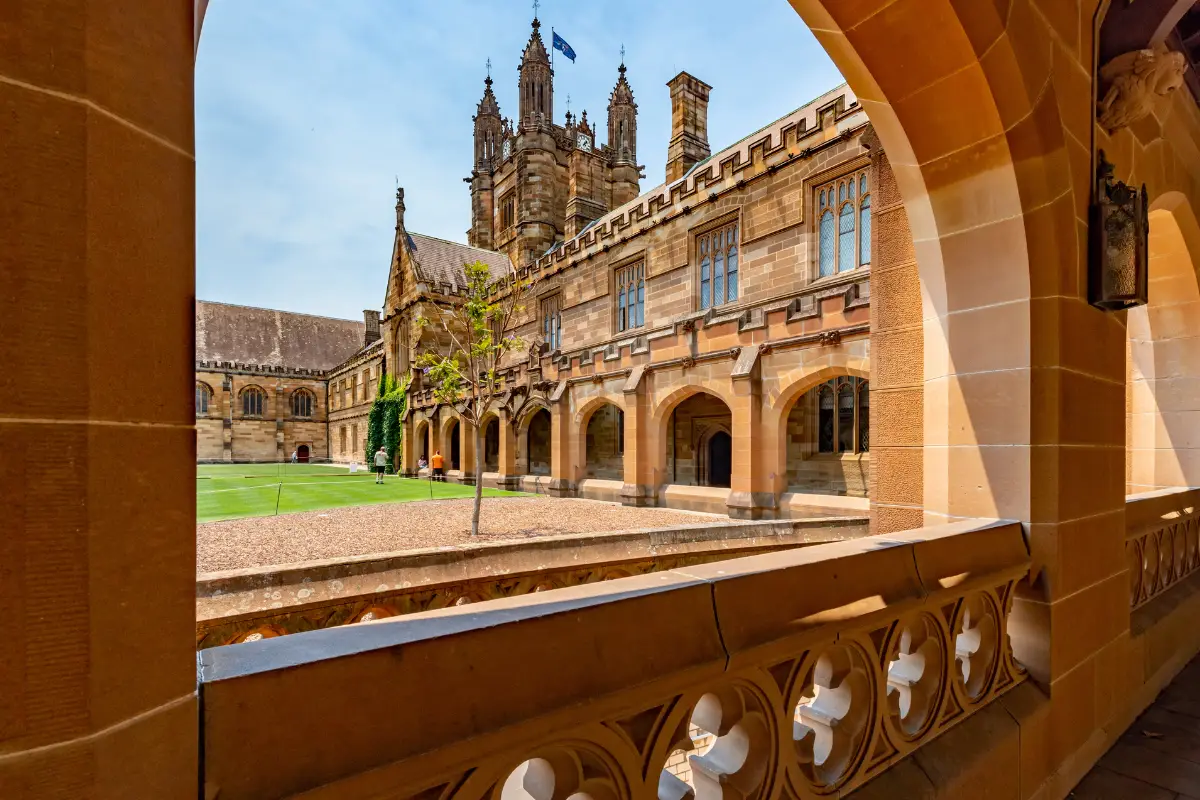
Photo (R): His Majesty The King and The Queen Consort arriving in Northern Ireland on 22 September 2022.
The first Charles the Third
As the coronation of our new king approaches, the words “Charles the Third” have a peculiar resonance to people like me brought up on stories of the Jacobites; supporters of the eighteenth-century Stuart claimants of the thrones of England, Scotland and Ireland.
One of these Stuart claimants, Charles Edward Stuart, much better known as ‘Bonnie Prince Charlie’, took the title of Charles III when, in 1766, he succeeded to the claim following the death of his father.
An Australian child in an Australian school, I heard about Bonnie Prince Charlie at the age of six, when my Grade 2 teacher taught us the Skye Boat Song with its evocative chorus:
“Carry the lad that’s born to be king over the sea to Skye”.
Prince Charles Edward led the Jacobite rising of 1745–46 which began with great success in Scotland, but after an ill-conceived foray into England, ended in defeat back in Scotland at the Battle of Culloden. The prince’s escape after Culloden, to the west of Scotland and then on to France, became the stuff of legend.
It’s no accident my first encounter with the Stuart claimants or “pretenders” came through a song.
By the end of the eighteenth century a formidable body of song surrounded the Stuarts, part of a whole Jacobite mythology and iconography.
Then, in 1814, Walter Scott published his novel Waverley, introducing the prince and his followers to the world of historical fiction where the prince generally gets favourable treatment. Historians and biographers have often been more circumspect in their assessment of his character and achievements.
A commonly long wait for the throne
The worlds and careers of the eighteenth-century Charles III and the twenty-first-century king are very different but there is at least one intriguing parallel. Until Elizabeth II died after seventy years on the throne, Charles Edward’s father, James III and VIII was (at least for Jacobites) the longest reigning British king with a reign of sixty-five years and a few months, surpassing even Victoria’s long reign.
So, Charles Edward, born in 1730, waited a long time to claim the title of king, though not as long as his twenty-first-century counterpart.
Image is everything
It’s doubtful that today’s king can learn very much from the career of his mostly unsuccessful forerunner. But maybe there is something to be learnt from the mythology surrounding ‘Bonnie Prince Charlie’.
Defeated in battle, Charles Edward won the war in literature and art, trumping George II’s son, the Duke of Cumberland, who has gone down as “Butcher Cumberland”, a far cry from the image of the “Bonnie Prince”. Such is the power of getting the right image in art and literature.
Our King Charles is well aware of this power (as have the royal family been for at least the last two hundred years).
The power of tartan & names
2022 marked the bicentenary of George IV’s visit to Scotland, the first taken by a king since 1651. The visit was orchestrated by none other than Walter Scott who worked hard to present the fat and ageing George as the heir of the Stuart kings.
In a carefully stage-managed event George appeared at Holyroodhouse dressed in full tartan dress (the effect somewhat spoilt by the flesh-coloured material covering his knees).

Scott’s presentation of a kilted George IV is a kind of rerun of a scene in Waverley where the prince holds a ball in Holyroodhouse. While Scott does not describe Charles Edward as wearing a kilt, his general promotion of tartan influenced the painter John Pettie’s ‘Bonnie Prince Charlie Entering the Ballroom at Holyroodhouse’. In this late-nineteenth-century creation the prince is seen resplendent in a kilt. There is no evidence that Charles Edward wore a kilt at Holyroodhouse but Pettie’s striking painting illustrates the imaginative power of tartan imagery and its association with the Stuarts.
Since the reign of Victoria, the royal family have been keen wearers of the tartan, none more so than today’s King Charles. It is even reported that he wore “one of his favourite tartans … the Prince Charles Edward Stuart tartan” when standing vigil with his siblings over his mother’s coffin in Holyroodhouse.
Even without the tartan King Charles has a powerful symbolic weapon—his name.
There has been no fully recognised king in Britain by the name of Charles since the time of Charles I and Charles II.
Not only does the name link the present king to these earlier Stuart kings of Scotland and England but it is helpfully uncontroversial in Scotland. There was some commentary when the late queen came to the throne that she was properly Elizabeth I in Scotland, not Elizabeth II, since the famous Elizabeth I was queen only of England. No such problem arises with the name Charles which has only ever been borne by a king reigning in both Scotland and England.
King of Australia: Charles III or Charles I?
Which raises one last question: is the King of Australia Charles III or Charles I? After all, the first two reigned well before the British arrived in Australia. An idle thought no doubt, but it reminds us of the power of names and numbers and ultimately raises a question about the precise relevance, taken for granted in the 1950s, of stories of the British monarchy to today’s Australia.



